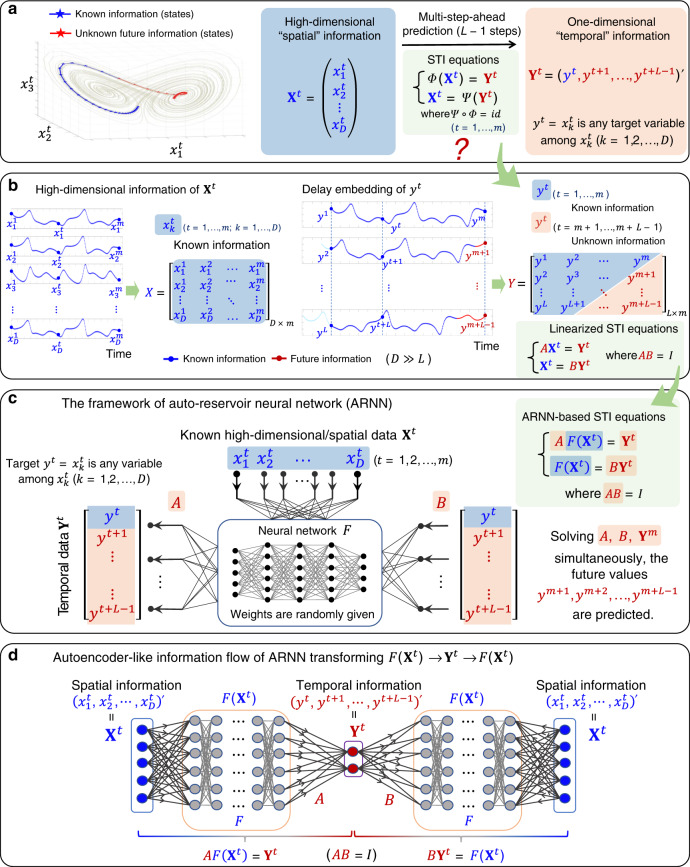Fig. 1. Schematic illustration of the auto-reservoir neural network.
a Given a short-term time series of a high-dimensional system, it is a challenging task to predict future states of any target variable. For a target variable y to be predicted, a delay-embedding strategy is applied, forming a delayed-coordinate vector Yt corresponding to the observed vector Xt via a function Φ. Such a relation constitutes the spatiotemporal information (STI) transformation with both primary and conjugate forms (STI equations). b The linearized STI equations also have primary and conjugate forms. Data can be represented in a matrix form where the future/unknown information {} is located in the lower-right triangle of matrix Y and the known information {y1, y2, …, ym} in the upper-left part of Y. c Auto-reservoir neural network (ARNN) is a model-free method to make the multistep-ahead prediction for a target y. In the ARNN framework, the reservoir component contains a random/fixed multilayer neural network F, for which there are time-dependent inputs Xt. A target vector Yt formed by the delay embedding for the prediction is processed through neural network F with two weight matrices A and B. Such an architecture of ARNN is designed to simultaneously solve both primary and conjugate forms of ARNN-based STI equations to enhance the robustness, thus predicting the future information of the target variable y even with a short-term time series. d According to the information flow, ARNN has an autoencoder-like framework, that is, , different from but similar to the autoencoder structure .

